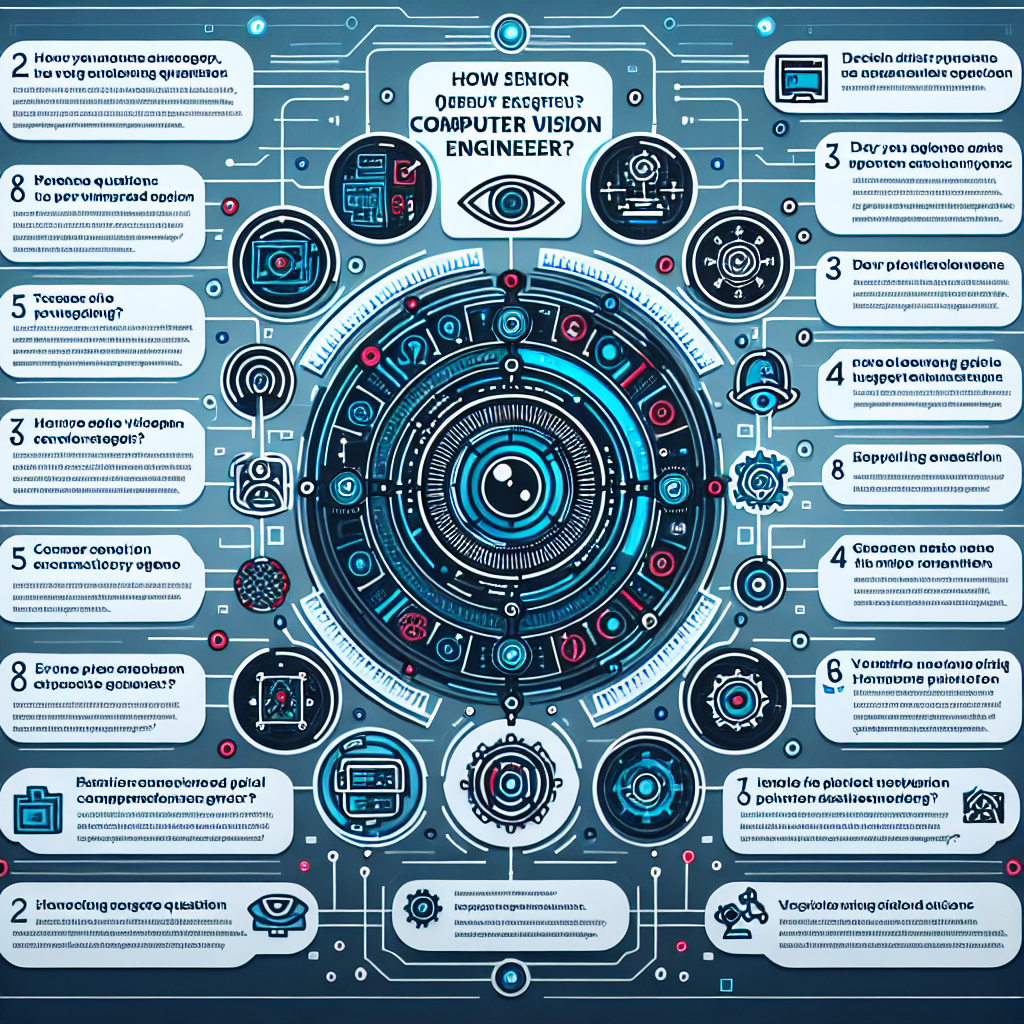Optimizing Vision Transformers for Efficient Deployment: Techniques and Recommendations
Optimizing Vision Transformers for Efficient Deployment: Techniques and Recommendations
Introduction
The deployment of Vision Transformers (ViTs) has gained significant attention in the field of computer vision. However, optimizing ViTs for efficient deployment remains a challenge. This article explores various techniques and recommendations to enhance the efficiency of ViTs.
Techniques for Optimizing Vision Transformers
- Knowledge Distillation: Utilizing knowledge distillation techniques can help compress large ViT models into smaller ones without significant loss in performance.
- Pruning: Identifying and removing redundant or less important parameters in ViTs can lead to reduced model size and faster inference.
- Quantization: Applying quantization techniques to ViTs can reduce the precision of model weights and activations, resulting in lower memory requirements and faster computations.
- Attention Mechanism Optimization: Modifying the attention mechanism in ViTs can improve their efficiency by reducing the computational complexity.
- Data Augmentation: Augmenting the training data with various transformations can enhance the generalization capability of ViTs, reducing the need for larger models.
Recommendations for Efficient Deployment
- Choose the appropriate ViT architecture based on the specific task requirements and available computational resources.
- Consider the trade-off between model size and performance, and select the optimal compression techniques accordingly.
- Experiment with different quantization methods to find the right balance between memory savings and accuracy.
- Regularly evaluate and fine-tune the attention mechanism to achieve the desired efficiency.
- Investigate the impact of different data augmentation strategies on ViT performance and choose the most effective ones.
Conclusion
Optimizing Vision Transformers for efficient deployment involves employing techniques such as knowledge distillation, pruning, quantization, attention mechanism optimization, and data augmentation. By following the recommendations provided, practitioners can enhance the efficiency of ViTs while maintaining satisfactory performance. These optimization techniques and recommendations contribute to the advancement of computer vision applications and pave the way for more efficient deployment of ViTs.







